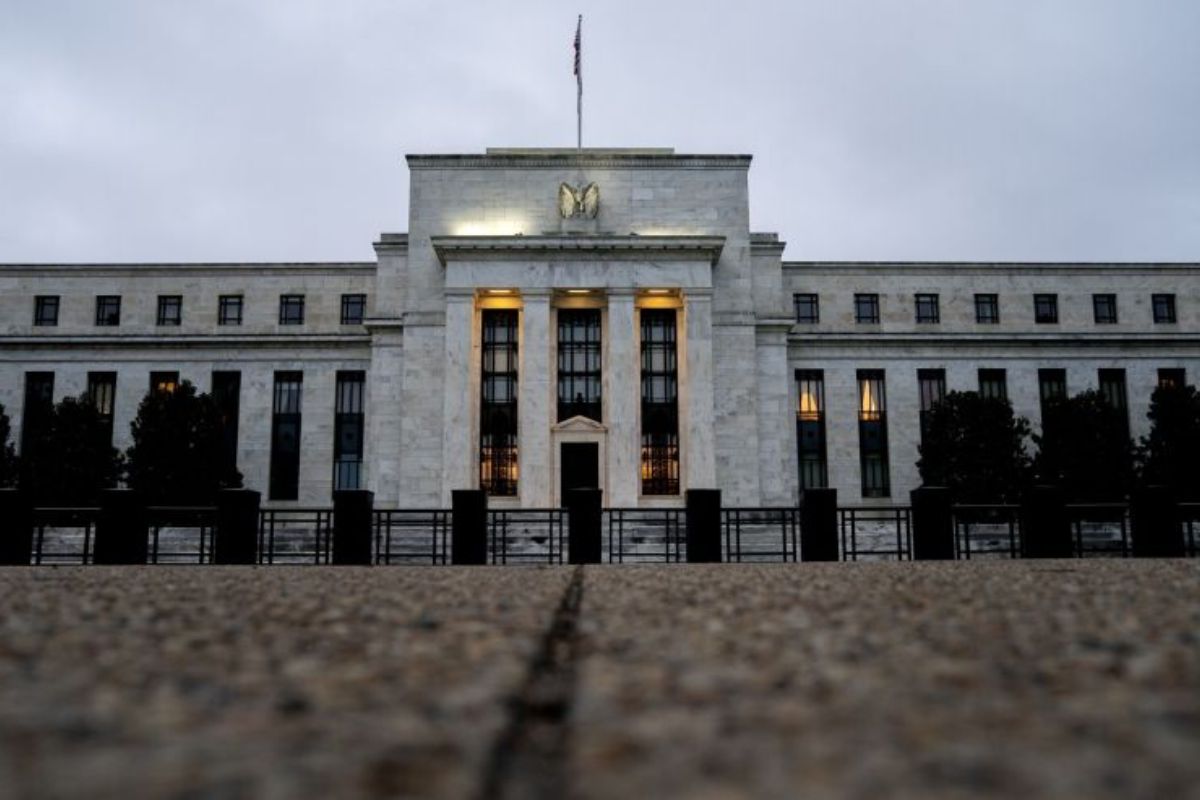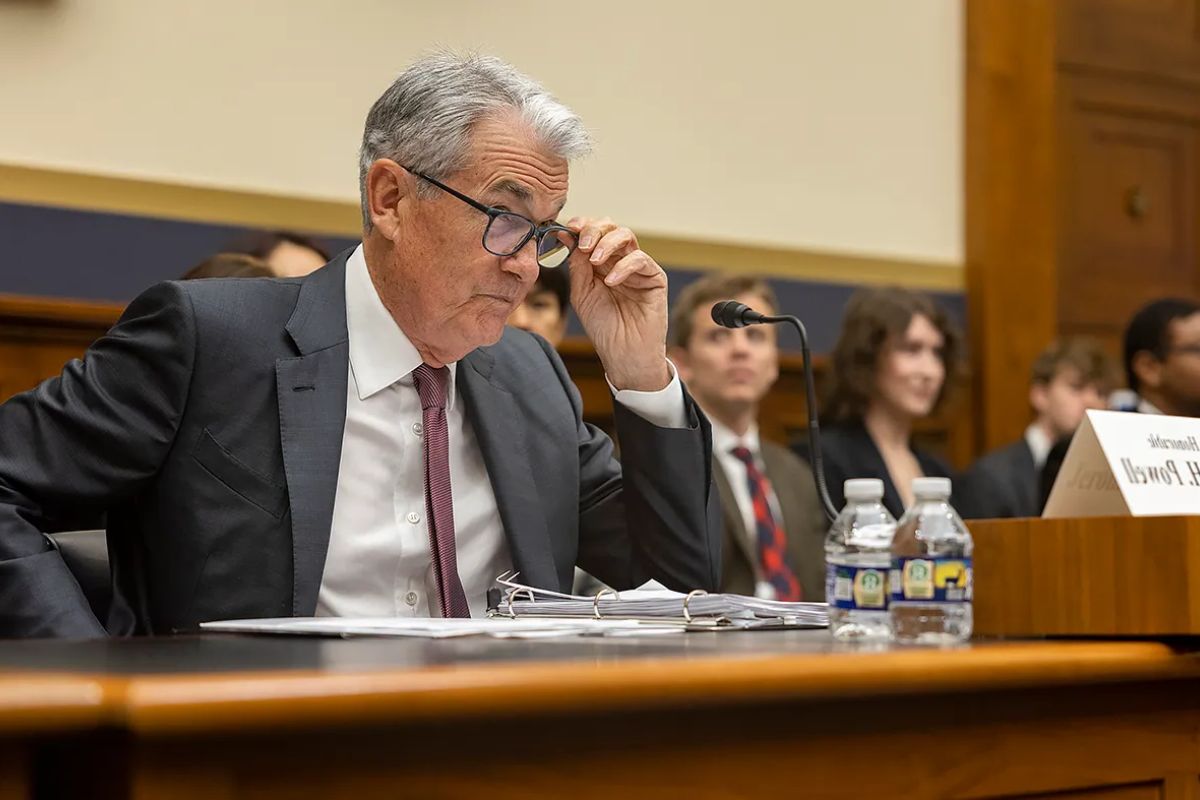2024 Bank Crisis Unveiled: In a shocking turn of events, the Federal Reserve’s recent unveiling of stress test scenarios for 2024 has sent ripples of apprehension through the banking sector. As the post-failure analysis and capital hike debate looms large, all eyes are on the commercial real estate segment, with NYCB’s losses serving as a stark reminder of the challenges ahead.
With a severe scenario painting a bleak picture of declining house and commercial real estate prices, the industry faces uncharted territory in assessing its resilience. As the dust settles, one can’t help but wonder – will the banking sector weather this storm or succumb to the pressures mounting against it?
Key Takeaways
- Federal Reserve reveals stress test scenarios to evaluate major banks’ resilience.
- Commercial real estate sector faces increasing challenges and vulnerabilities.
- 2024 Severe Scenario predicts significant market reshaping and banking sector impact.
- Exploratory analysis enhances banking resilience assessment with comprehensive risk evaluation.
Federal Reserve’s Annual Bank Stress Tests: Scenarios Unveiled
The unveiling of the Federal Reserve‘s annual bank stress test scenarios sends shockwaves through the financial industry, revealing the true mettle of major banks in the face of economic turmoil. As the scenarios for the health checks on 32 major banks are disclosed, the battlefield of financial resilience is laid bare.
These stress tests, born from the ashes of the 2007-2009 financial crisis, serve as the ultimate litmus test for the robustness and preparedness of these banking behemoths. Each scenario is a pressure cooker, testing the banks’ ability to weather severe economic shocks and emerge unscathed.
Also Read: Bank Lobbyists in the US Surge to Post-Crisis High Amidst Regulatory Resistance
The stakes are high, as the results will dictate the capital requirements crucial for the banks to navigate the turbulent waters of the financial world and safeguard shareholder interests. The specter of failure looms large, and the financial titans must prove their strength in the face of adversity, for in this arena, only the strongest will prevail.
Heightened Scrutiny in 2024: Post-Failure Analysis and Capital Hike Debate
Amidst the fallout of last year’s banking failures, the 2024 stress tests have ignited a fiery debate between big banks and the Federal Reserve over proposed capital hikes, casting a glaring spotlight on the financial industry’s resilience under pressure.
The failure of three banks in the previous year has raised serious questions about the efficacy of the stress tests and the true strength of these financial behemoths. Big banks are pushing back against the Federal Reserve, arguing that the current stress test results already showcase their robust financial positions.
However, skeptics are quick to point out that these tests failed to predict the previous year’s collapses accurately. The tension between regulators and the regulated is palpable, with both sides digging in their heels.
The stakes are high, and the outcome of this clash will undoubtedly shape the future of banking regulations. As the battlefield shifts to the realm of capital requirements, the financial world braces for a showdown of epic proportions.
Commercial Real Estate Concerns: NYCB’s Losses Amplify Sector Challenges
Exacerbating industry anxieties, New York Community Bank’s recent losses on distressed commercial real estate loans spotlight the deepening challenges facing the sector amidst economic turbulence. The bank’s struggles serve as a grim warning sign, signaling a broader trend of increasing vulnerability within the commercial real estate market. As interest rates soar and office spaces sit vacant due to the pervasive shift towards remote work, the sector finds itself teetering on the edge of a precipice.
New York Community Bank’s misfortunes are not merely isolated incidents but rather symptomatic of a larger systemic issue that threatens to send shockwaves through the financial industry. Investors and analysts are now left grappling with the harsh reality that the once lucrative commercial real estate sector is facing a reckoning.
With mounting pressures and uncertainties clouding the future, the resilience of the sector hangs in the balance, awaiting a decisive turn of events that could reshape the landscape of banking and finance as we know it.
2024 Severe Scenario Overview: Declining House and Commercial Real Estate Prices
As the specter of a dire economic downturn looms, the severe scenario for 2024 paints a grim picture of plummeting house and commercial real estate prices, sending shockwaves through the financial industry. This catastrophic event could potentially reshape the landscape of the real estate market and banking sector, leaving many institutions vulnerable to collapse. The sharp decline in property values threatens to destabilize the economy further, exacerbating the already precarious situation faced by investors and financial institutions alike.
- Unprecedented levels of foreclosure and bankruptcy filings sweep across the nation, leaving families homeless and businesses shuttered.
- The once-thriving construction industry grinds to a halt, leaving countless workers unemployed and struggling to make ends meet.
- Real estate developers, once titans of industry, now face insurmountable debt burdens as their projects lose value rapidly.
- Banks reel from the impact of massive loan defaults, leading to a credit crunch of epic proportions that reverberates throughout the global financial system.
Exploratory Analysis: New Dimensions in Assessing Banking Resilience
The unprecedented challenges faced by the banking sector in the 2024 stress tests have compelled a profound shift towards a more comprehensive evaluation of banking resilience through an innovative ‘exploratory analysis’.
This groundbreaking approach goes beyond the conventional stress tests, delving into a myriad of potential risks that could shake the very foundation of the financial system. The inclusion of scenarios such as funding stresses triggering rapid deposit repricing and the failure of five major hedge funds injects a sense of urgency and realism into the assessment process.
It’s a wake-up call for banks to fortify their defenses against a broader spectrum of threats, ensuring they are not caught off guard in the face of unprecedented turmoil.
The ‘exploratory analysis’ represents a bold leap forward in the quest for a more resilient banking sector, demanding a new level of vigilance and adaptability from financial institutions in an ever-evolving landscape fraught with uncertainty.
Conclusion Of 2024 Bank Crisis Unveiled
The 2024 bank crisis has been unveiled through the Federal Reserve’s stress test scenarios, revealing alarming vulnerabilities in the banking sector. With heightened scrutiny and debate over capital hikes post-failures, the commercial real estate sector faces significant challenges, exemplified by NYCB’s losses.
The severe scenario for 2024 paints a grim picture of declining house and commercial real estate prices, prompting a new dimension in assessing banking resilience. The future of the banking industry hangs in a precarious balance.
Our Reader’s Queries
Q1 What are the scenarios used by the Fed to stress test banks?
A Presently, the Federal Reserve assesses the performance of major banks in a simulated severe economic downturn, usually involving a significant increase in unemployment and a contraction in economic growth.
Q2 What are the examples of stress testing in banks?
A Stress tests examine various scenarios involving the mentioned variables and others. Examples of typical scenarios include assessing the impact on the bank’s financial position with an X% change in interest rates or determining the consequences of a rise of X% in unemployment in year Z.
Q3 What is the Federal Reserve Bank stress test methodology?
A The stress tests assess the financial resilience of banks by projecting potential losses, revenues, expenses, and resultant capital levels under hypothetical economic conditions. These tests aim to confirm that large banks maintain adequate capitalization, enabling them to provide loans to households and businesses, even in the face of a severe recession.




